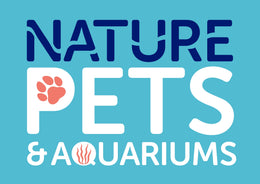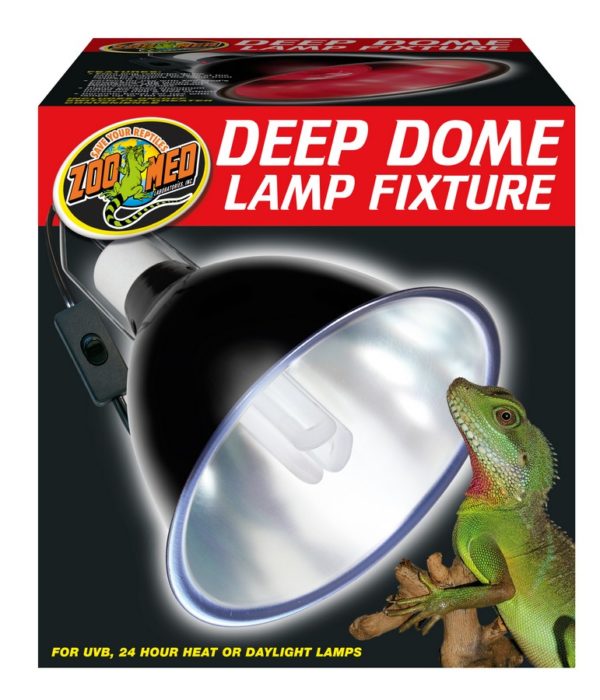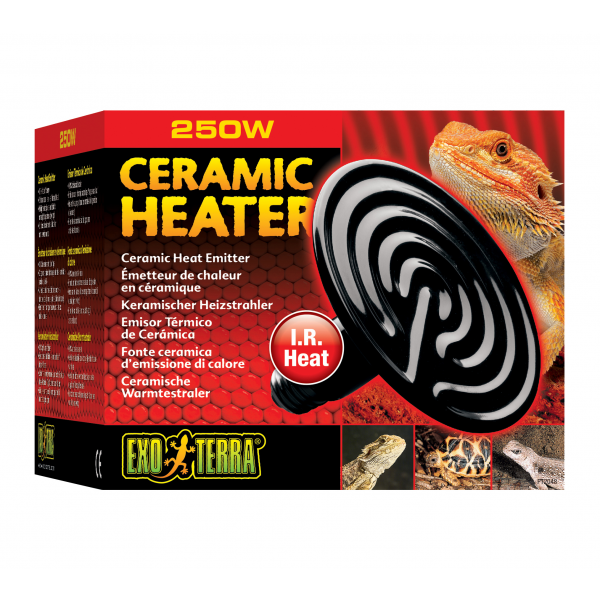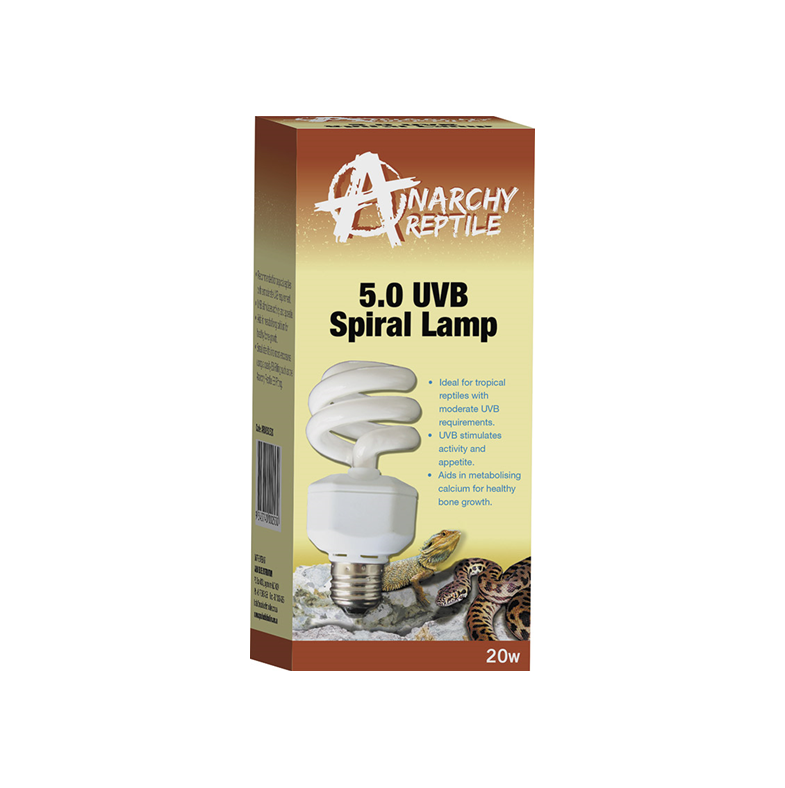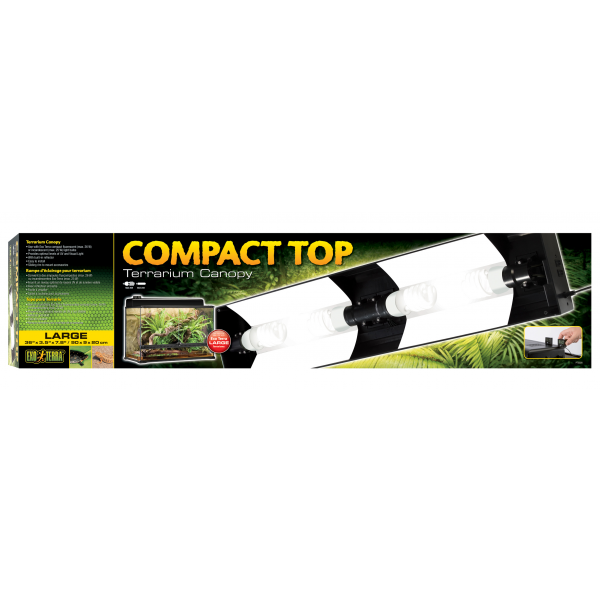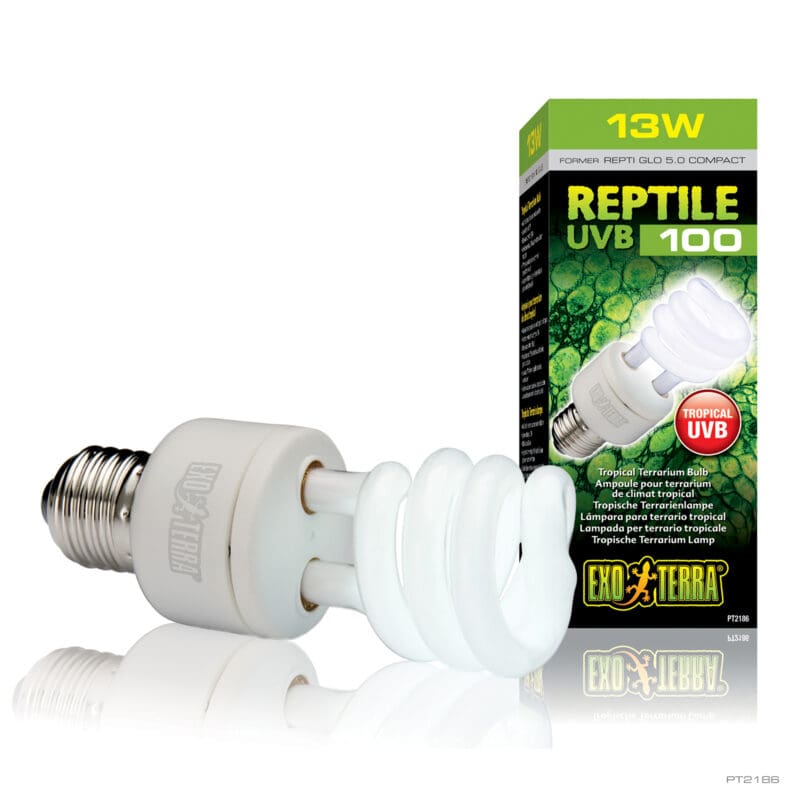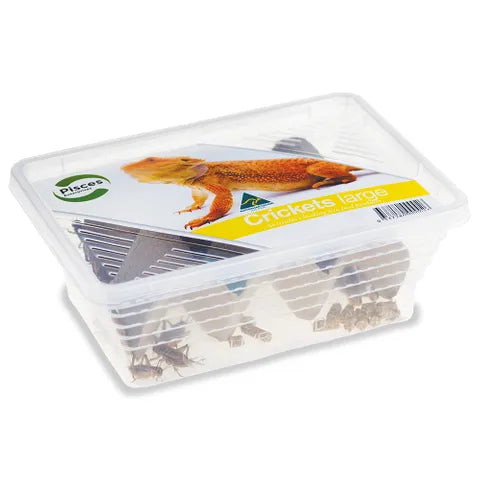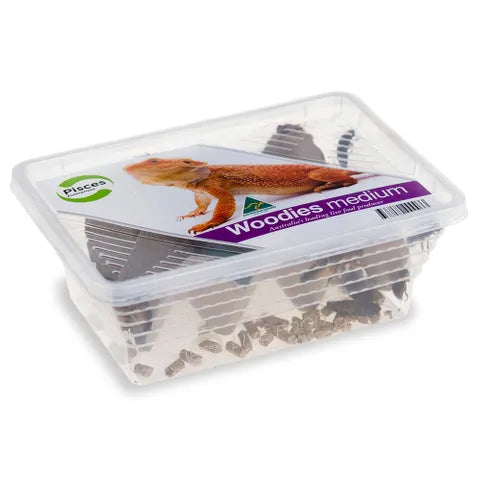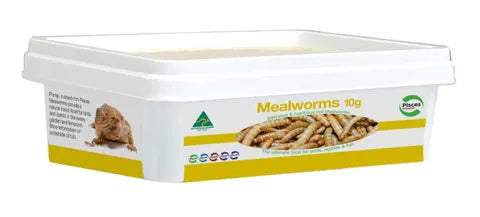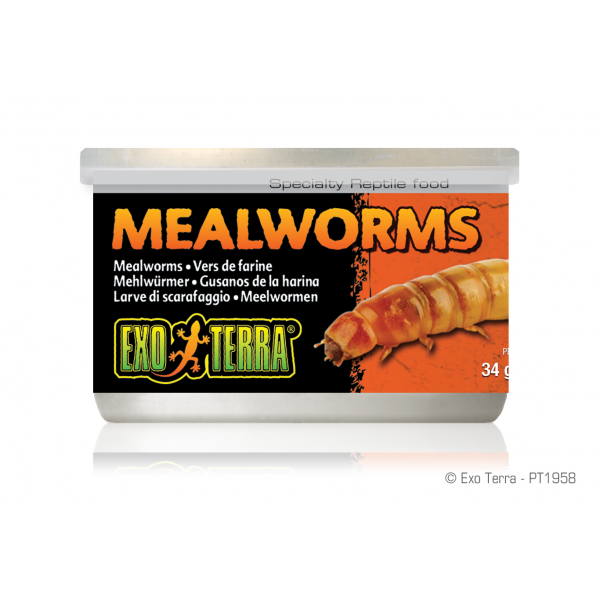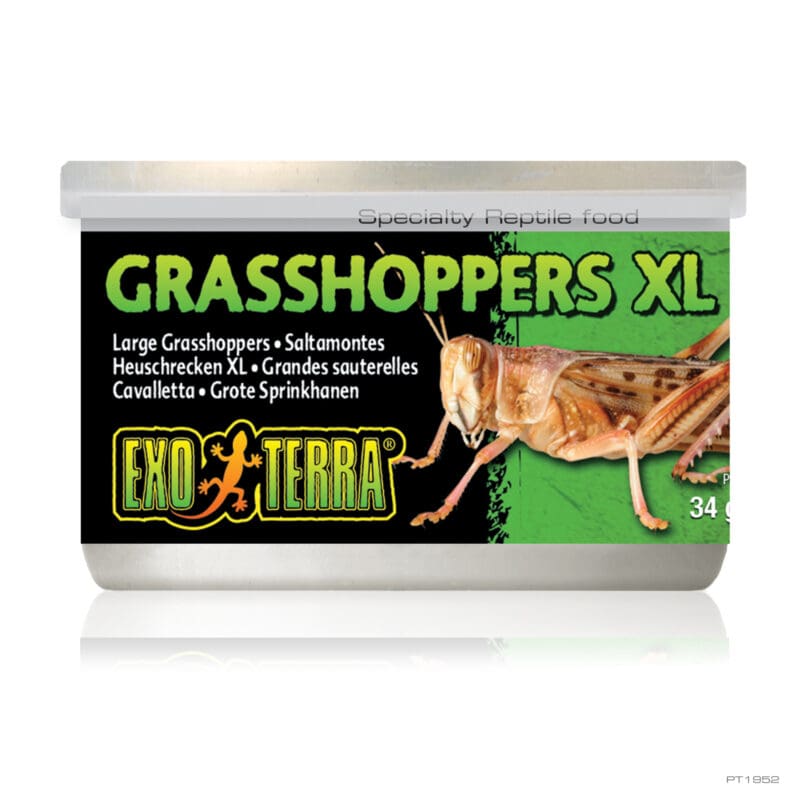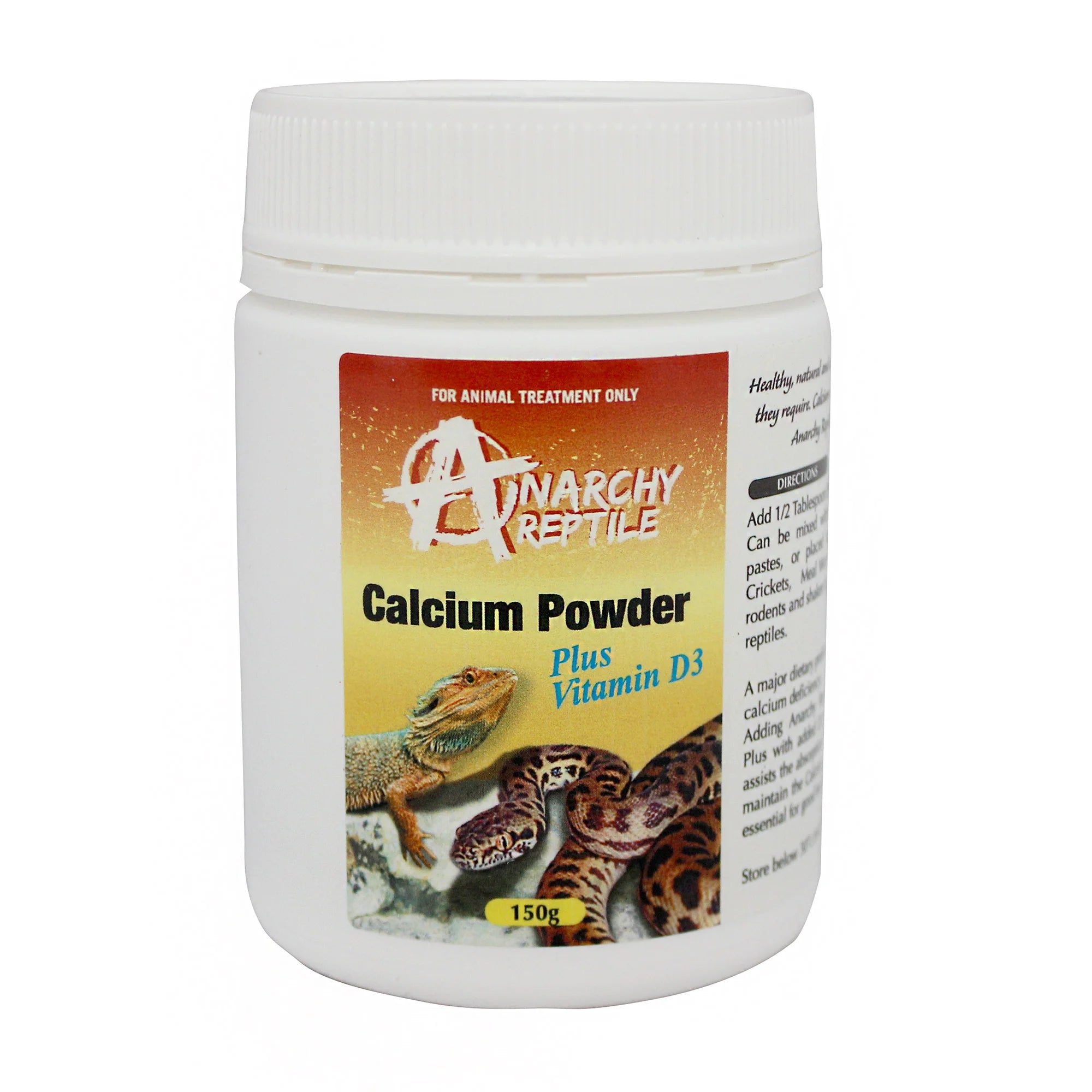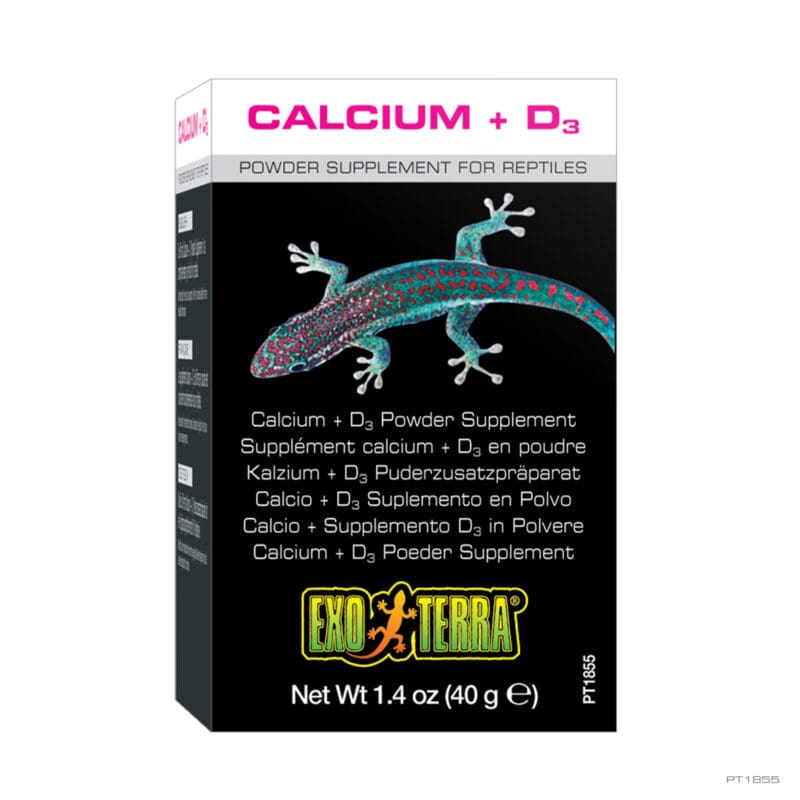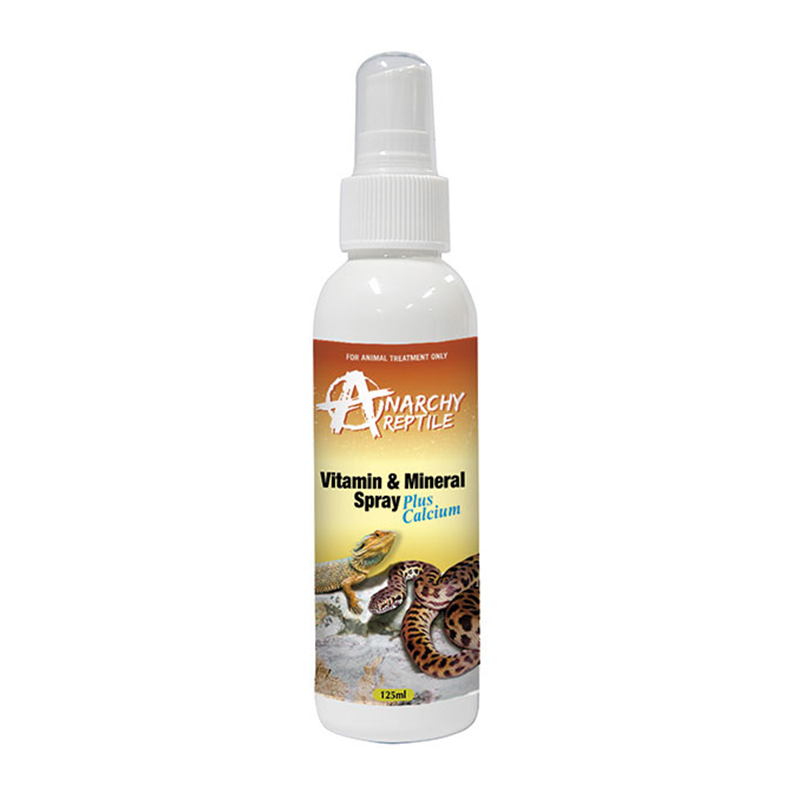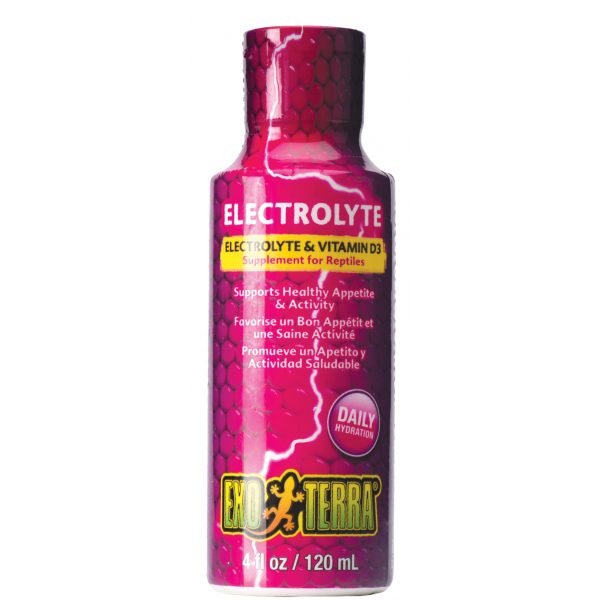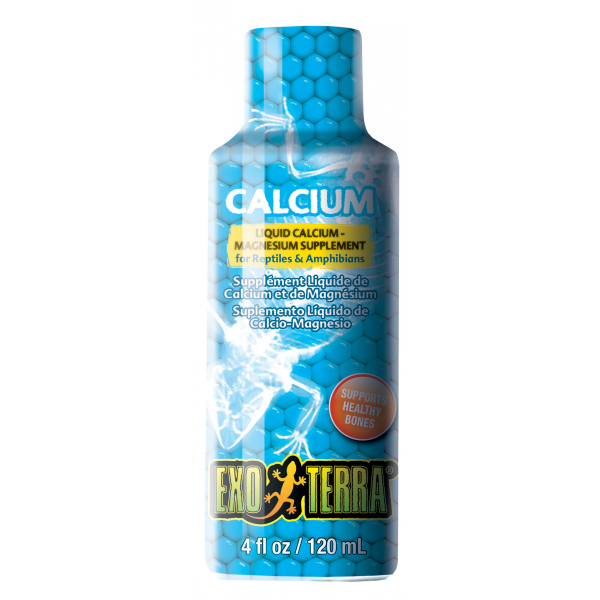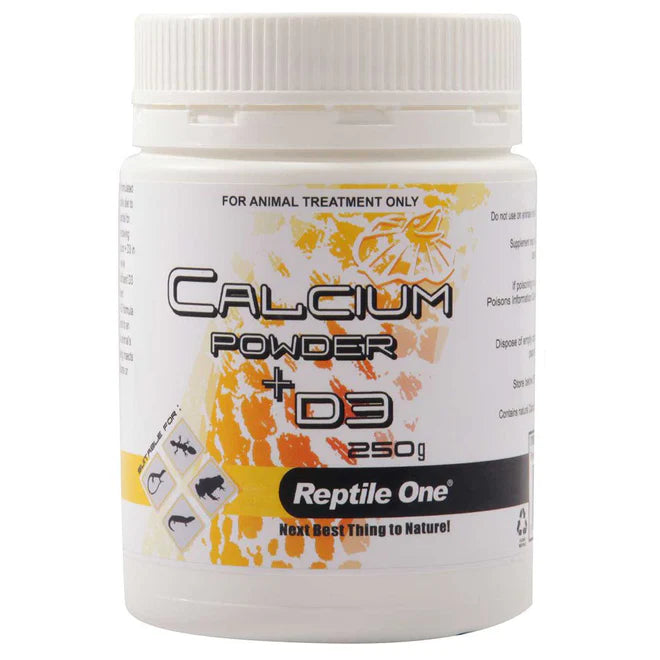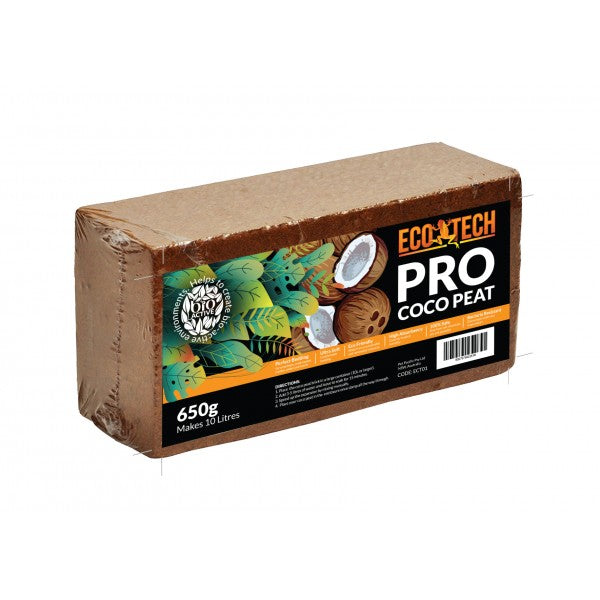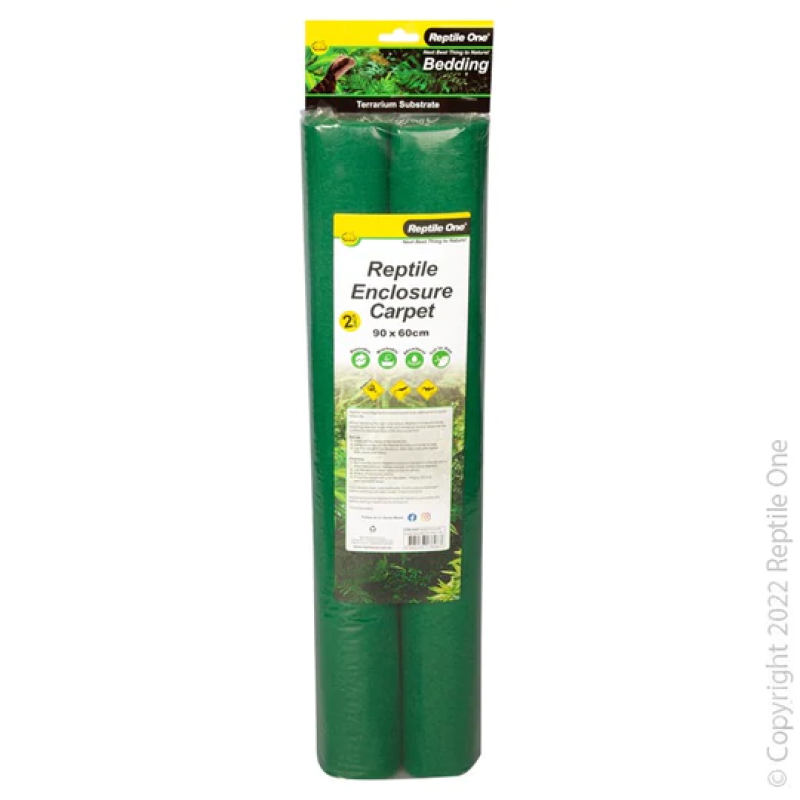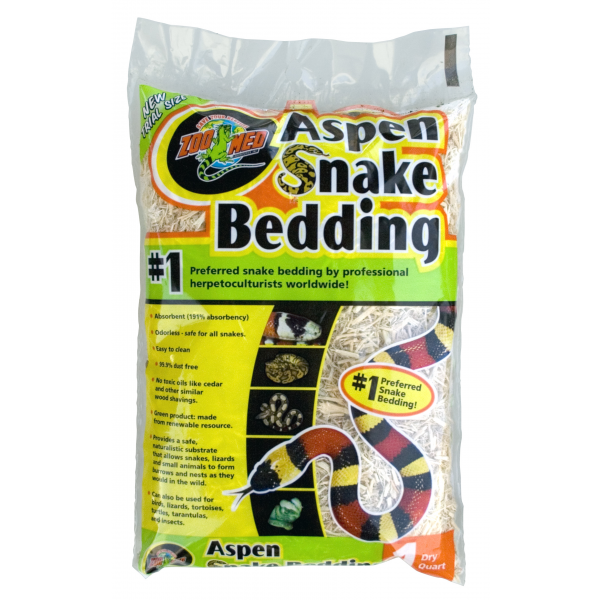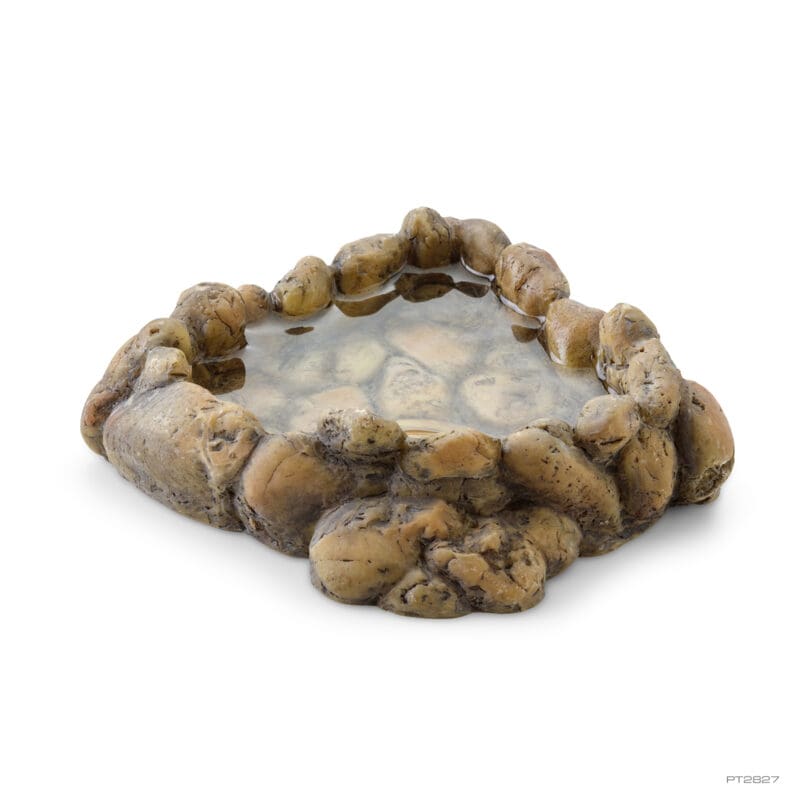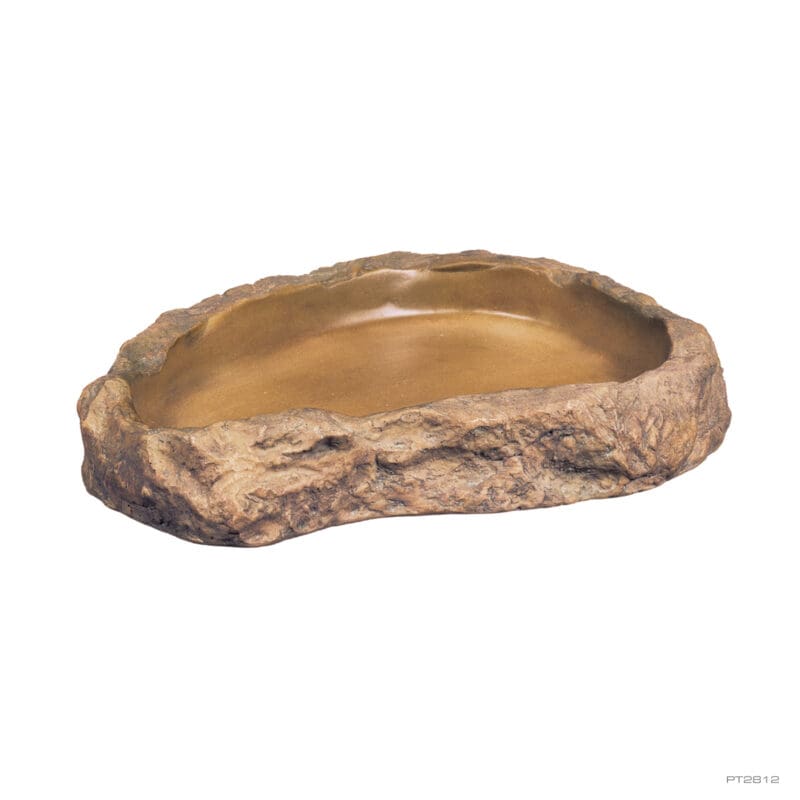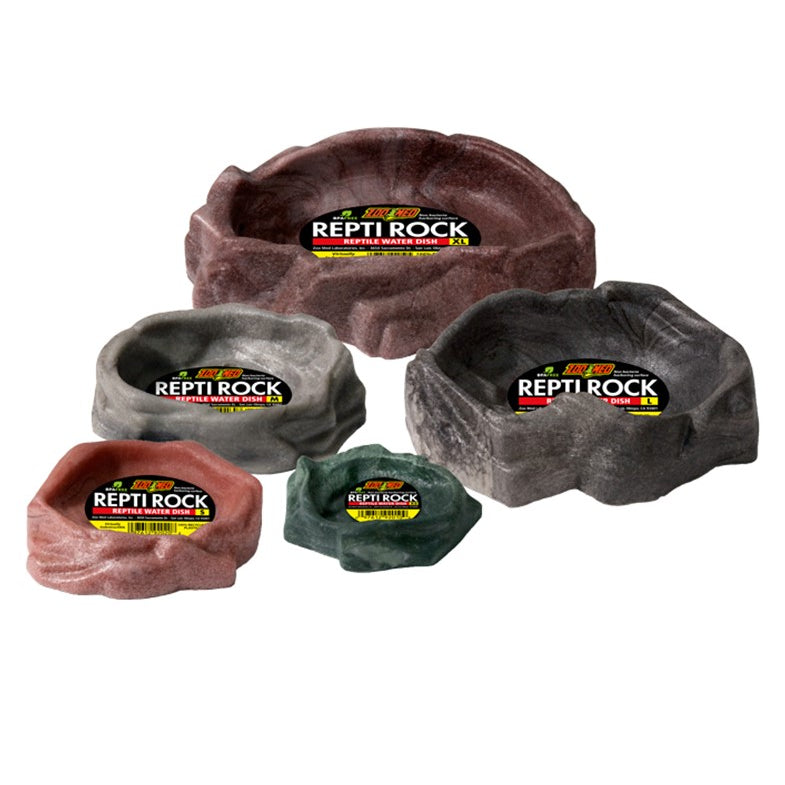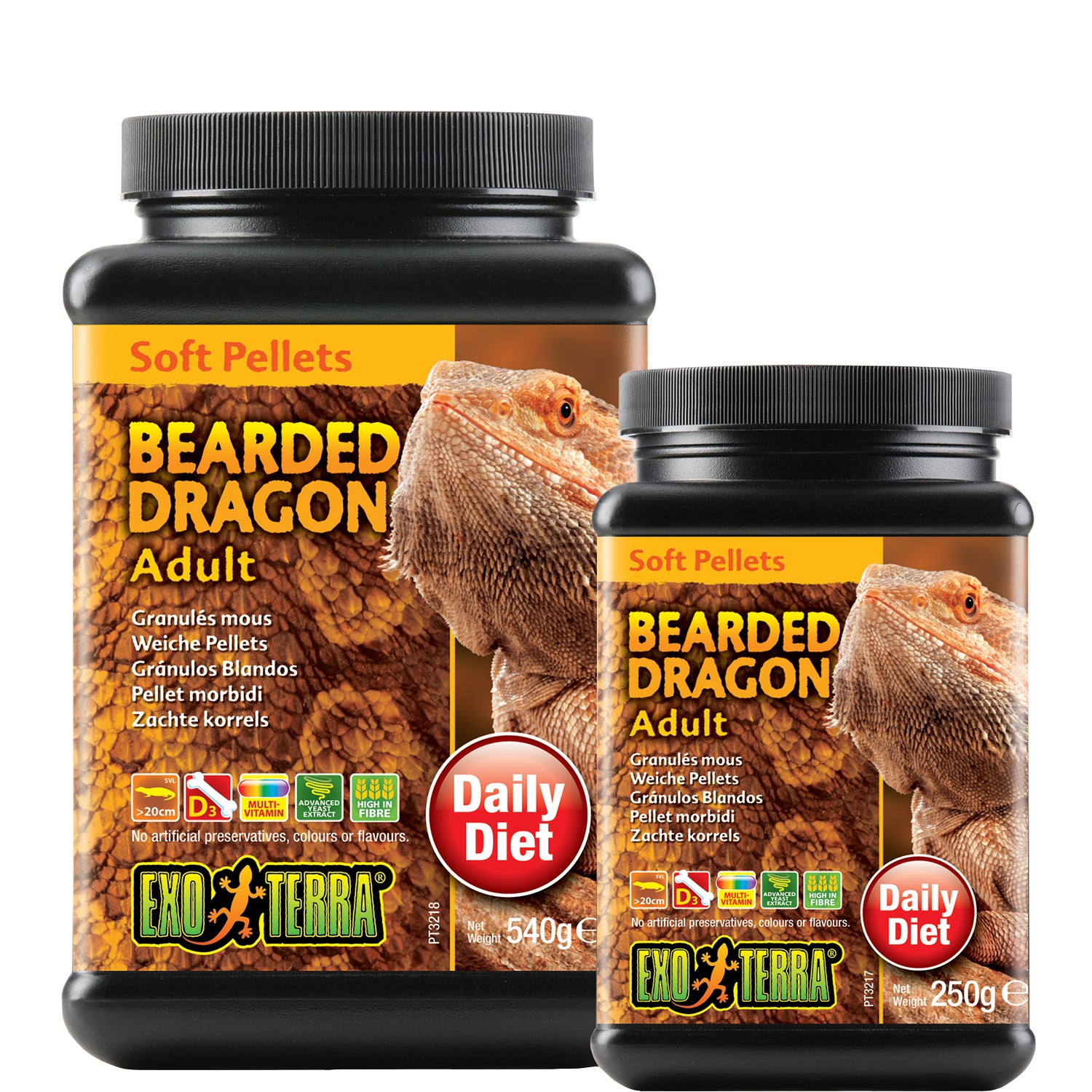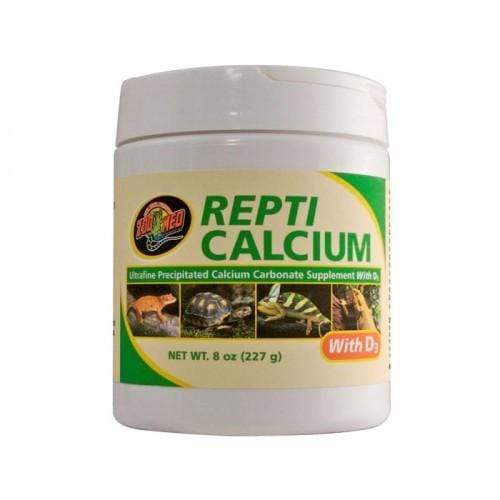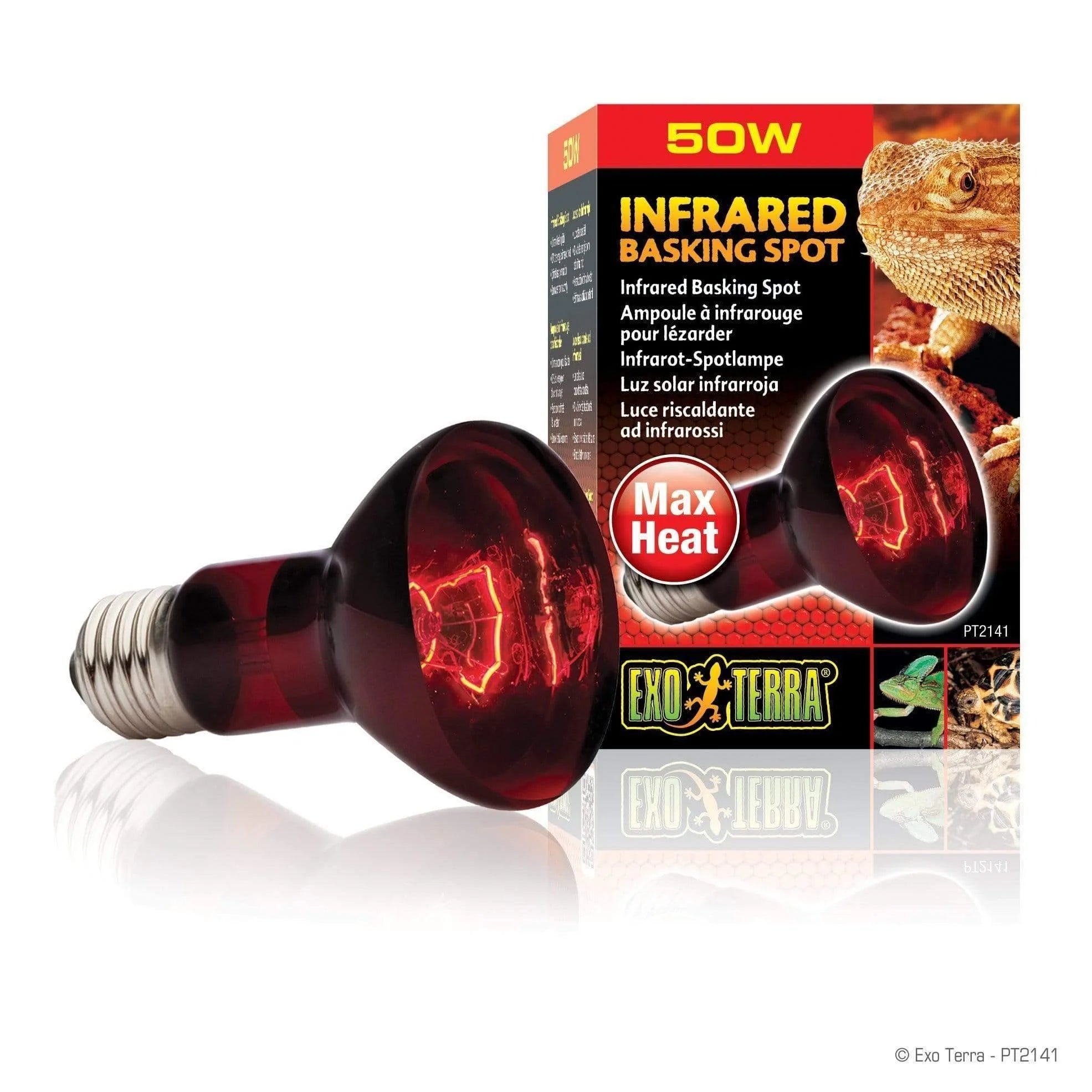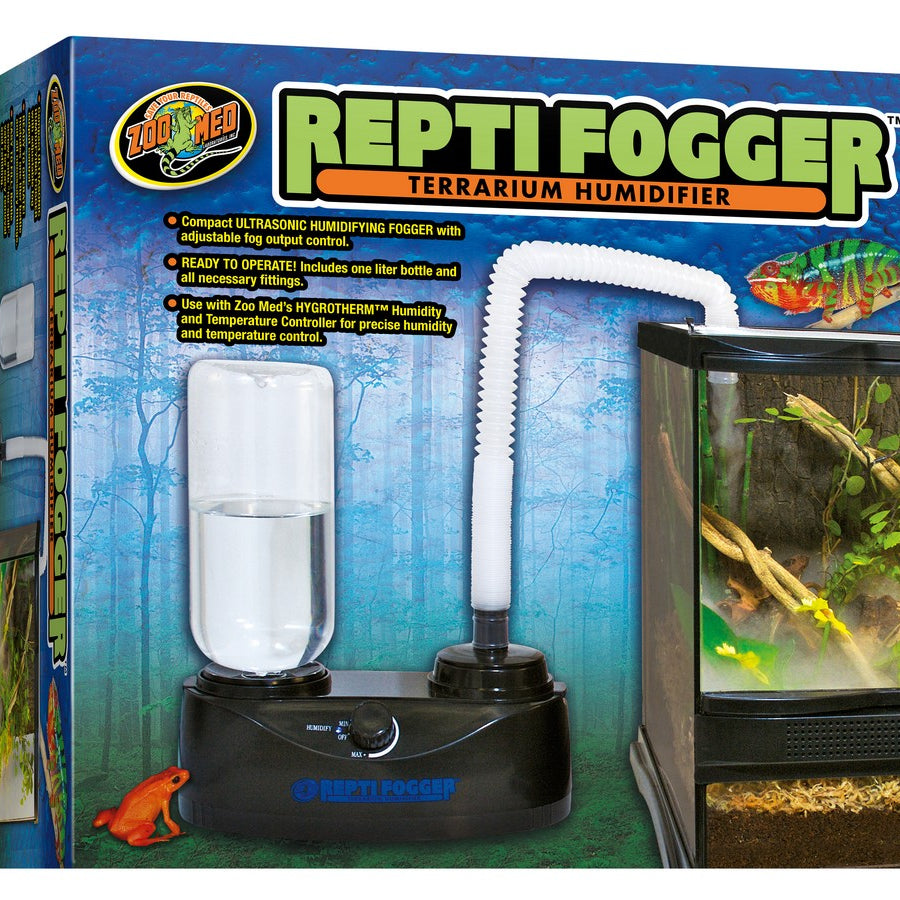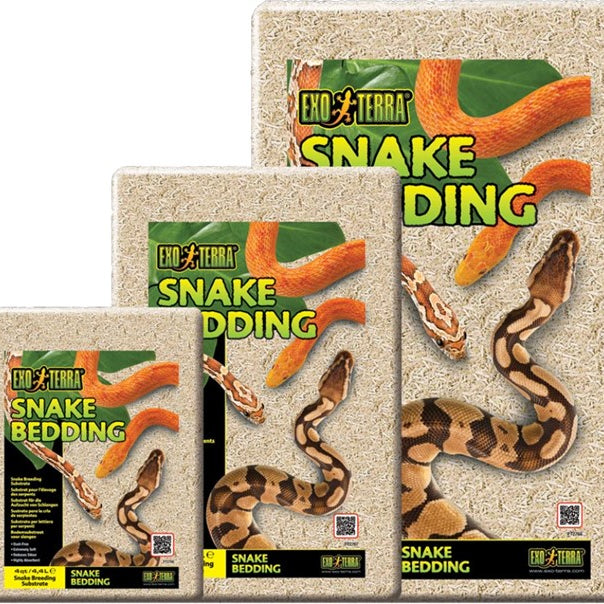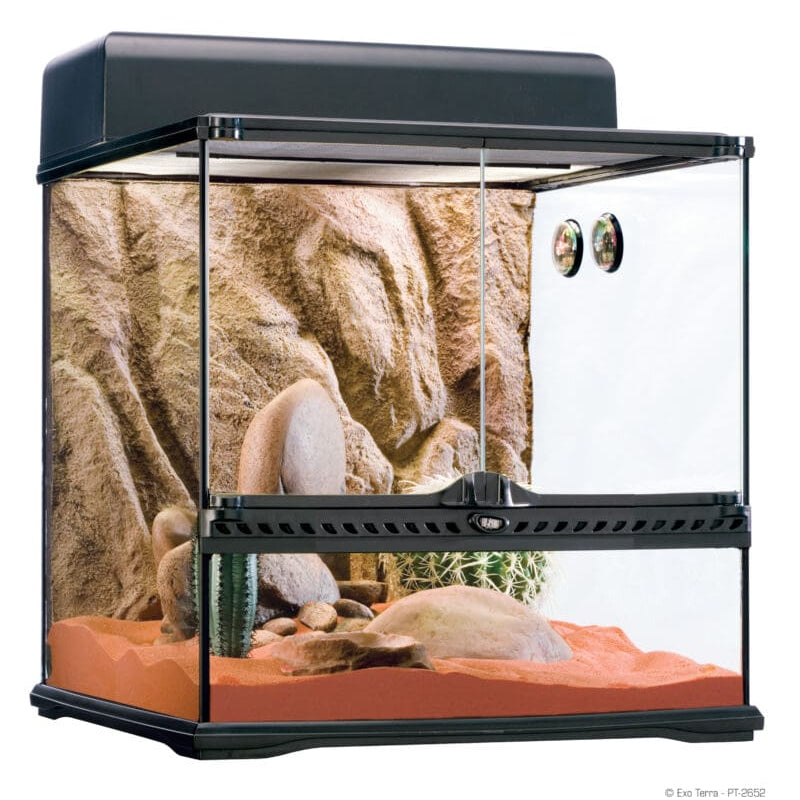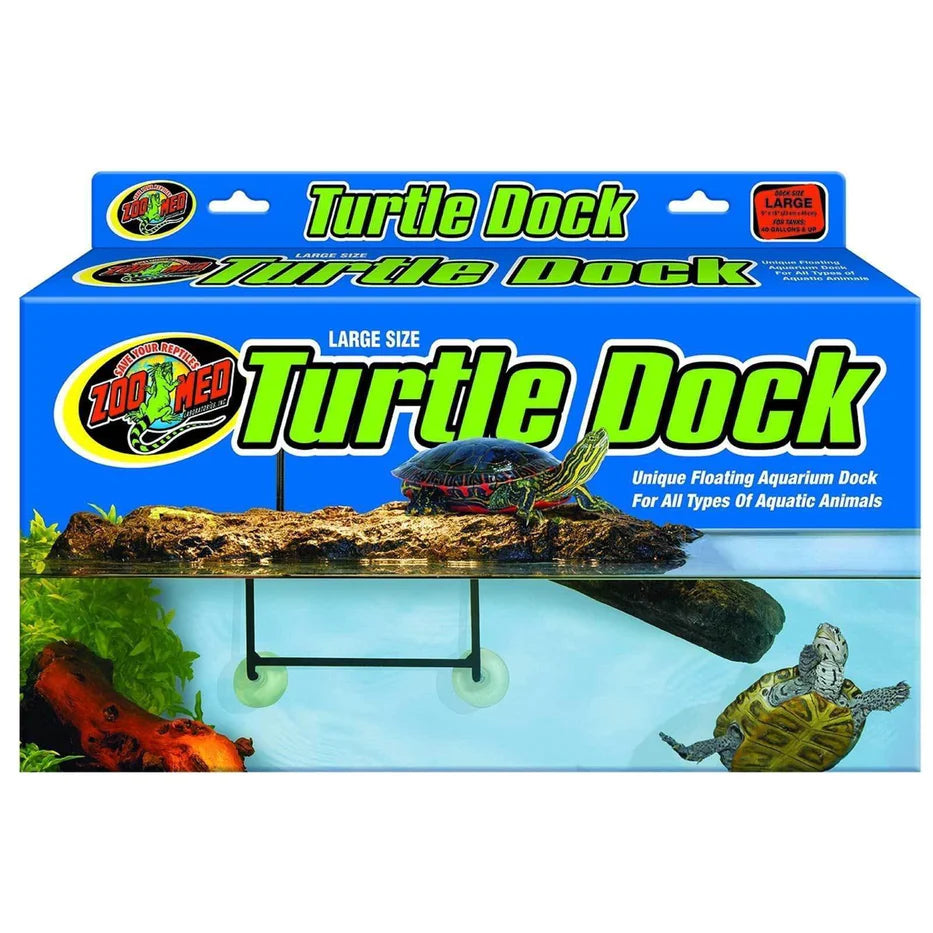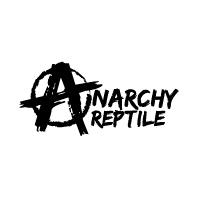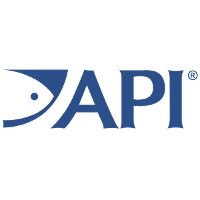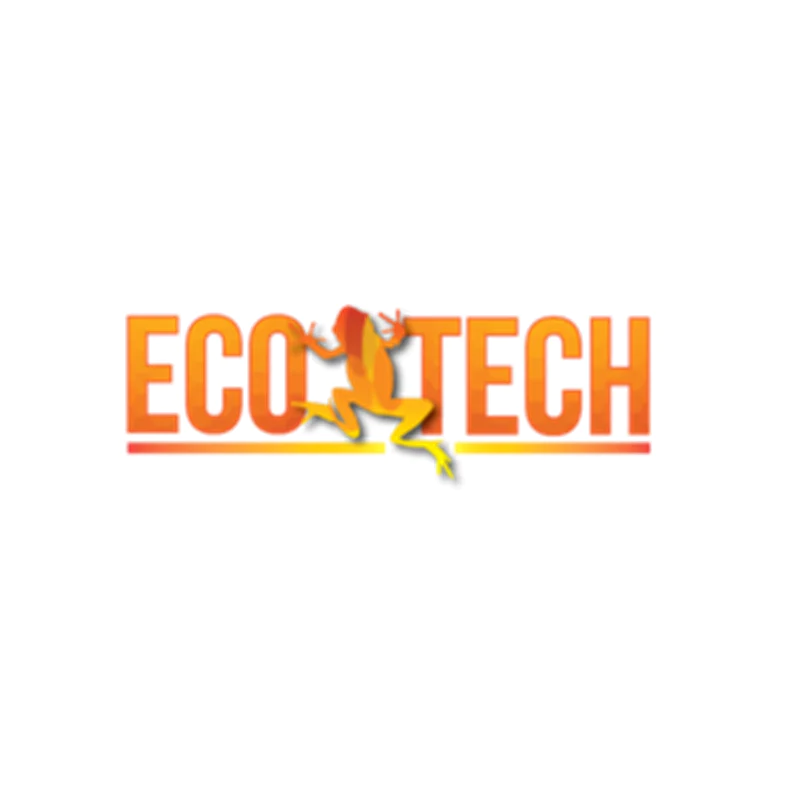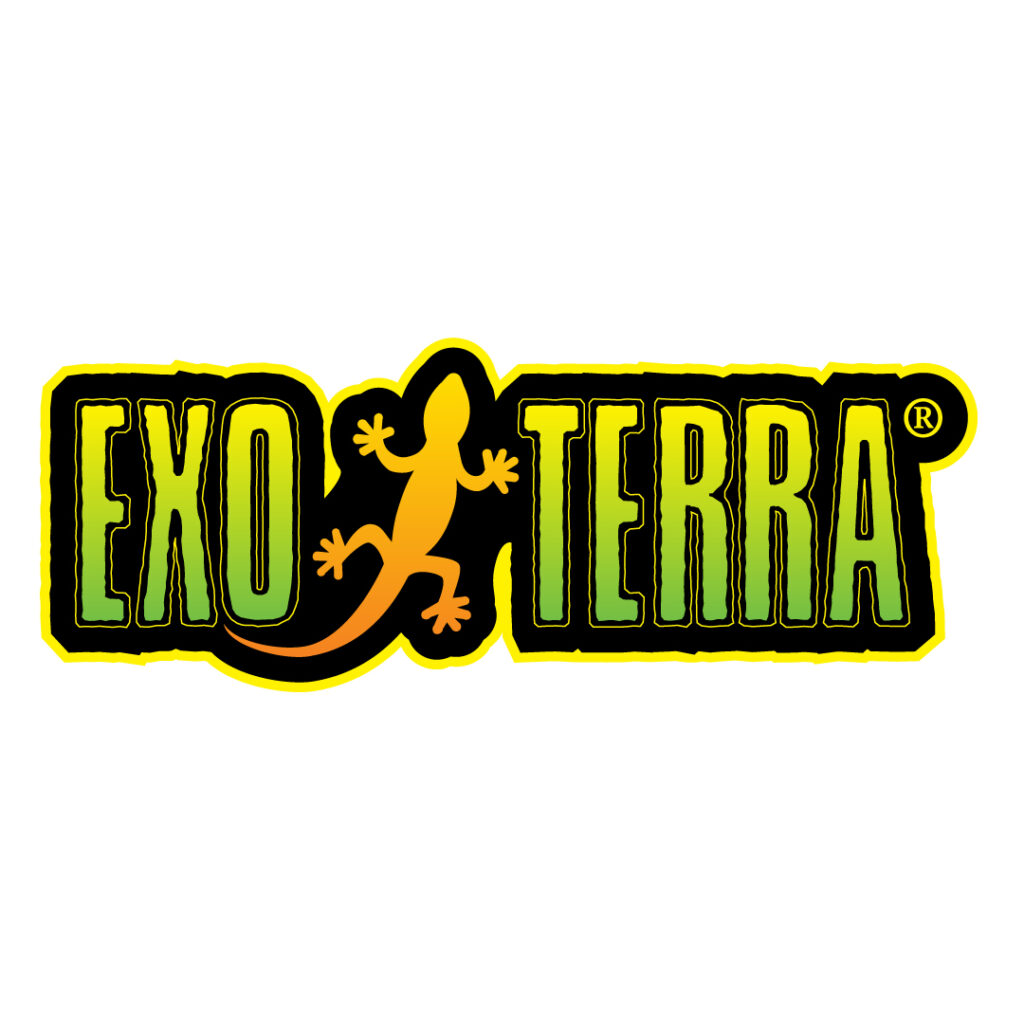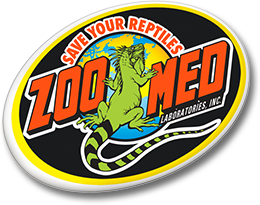Australian Blue Tongue Lizard Facts:
Lifespan: Approximately 10+ years
Adult Size: Around 40-60cm
Minimum Size Habitat: 90 x 45 x 60cm for an adult.
Diet: Live insects, fruit, vegetables, canned food & pellets.
Blue Tongue Skinks can sometimes be territorial so some individuals may need to be kept alone.
Habitat Checklist
- Terrarium
- 5.0 UVB Light & Heat Lamp
- Food & Water Dish
- Hide
- Substrate
- Habitat Accessories
- Calcium Supplement
Your blue tongue habitat should be at least 60 x 45 x 45cm for a juvenile and 90 x 45 x 60cm for an adult. This ensures they have plenty of room to move around and choose the temperature they wish to sit at. Every enclosure should have a lock on the doors to make sure that your little friend stays in their home and is safe. Daily spot checks are required, and the substrate should be sifted to remove any faeces, shed skin, or uneaten food. Clean regularly with a reptile safe cleaner to prevent them from getting skin and bacterial infections. To reduce stress and to offer shade for your blue tongue hiding areas should be provided. This can be accomplished using hollowed-out logs and rock platforms. Branches and rocks can also be provided to aid in shedding.
Heating & Lighting
Heating:
The optimal temperature zone for your blue tongue is 28-33 °C. A temperature gradient with a cool end of 21-26°C, a warm end of 28-33 °C , and a basking spot of 33-38°C will ensure your skink has the ability to choose their preferred temperature. A gradient is essential to prevent stress and allow thermal regulation to occur and to prevent overheating. The enclosures temperatures should be checked daily and must be regulated with the use of a thermostat.
Lighting:
Ultraviolet light (UV) plays an important role in a blue tongues growth and development. A 5.0 UVB tube or compact globe must be used as a source of artificial UV light. Blue tongues should also have access to unfiltered, natural light at least once or twice a week. They also require a ‘day and night’ cycle with heat and UV lights running for approximately 10-12 hours each day, set on a timer. UVB is important to assist your skink to produce Vitamin D3 in the skin. Vitamin D is needed to absorb calcium from the diet to use for proper skeletal growth, muscle function, and the immune system.
Proper Nutrition
Blue tongues are omnivores and feed on a range of live insects and plant matter. In captivity, they should be fed a variety of both live foods and fresh fruits and vegetables (60:40). Live foods include snails, crickets, mealworms, and silkworms. All live food should be dusted with calcium powder to ensure that your blue tongue gets its calcium intake for the day.
They can also be fed small amounts of tinned dog food (beef or chicken) with added calcium powder as well as boiled egg. Fruits and vegetables that can be offered include apple, pear, melons, berries, banana, and carrot. Commercially available lizard pellets can also be mixed through the chopped fruits and vegetables to provide extra nutrition to the lizard. Juveniles should be fed daily, and adults can be offered food every second day. Fresh water should be always available and changed daily.
Health & Handling
Handling:
Blue tongue lizards are docile and tolerant to handling. It is important to support the centre of their body to minimise stress and reduce the risk of dropping or injuring them. Although it is uncommon for blue-tongued skinks to bite, human fingers can sometimes be mistaken for food, and an accidental bite with their powerful jaws can be very painful.
Never grab a blue tongue by the tail. Many skinks can drop their tail with a process called tail autotomy. Tail autotomy occurs as a defence mechanism, and although the tail will regrow, it will be at a large cost of energy and will not be the same as before.
Common Health Issues:
Intestinal Parasites (worms): Blue tongues are susceptible to worms. Faecal checks and worming can be carried out by an experienced reptile veterinarian.
Dysecdysis (Abnormal Shedding): Low humidity levels can sometimes result in a blue tongue having an ‘incomplete’ shed.
Metabolic Bone Disease (MBD): Calcium or vitamin D3 deficiency as a result of incorrect diet and/or lack of or incorrect UV lighting.
